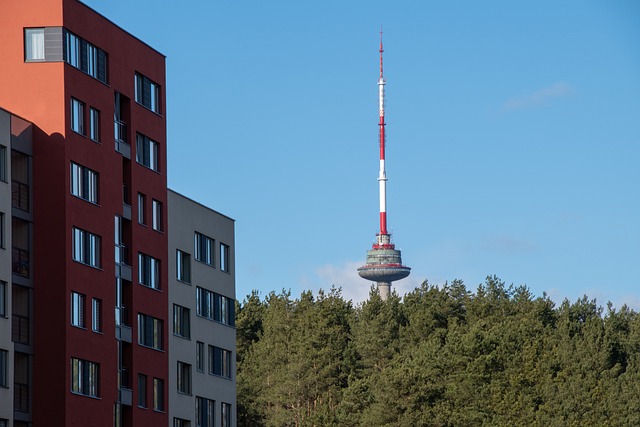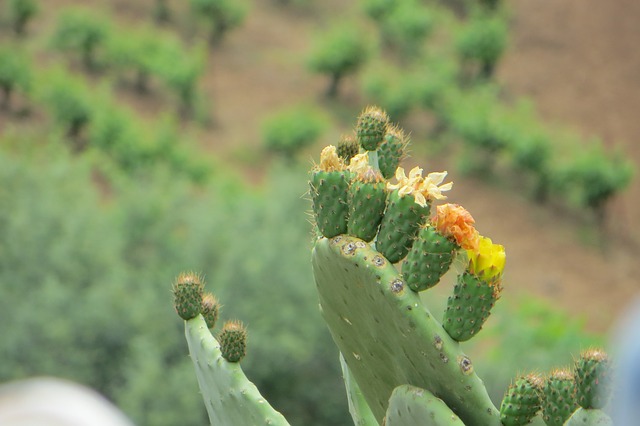bicho barbeiro 😃 Bicho Barbeiro: A Hidden Threat to Health and the Environment

Bicho Barbeiro: A Hidden Threat to Health and the Environmentbicho barbeiro
In the shadows of Brazil's vibrant biodiversity lies a small yet formidable adversary to public health: the bicho barbeiro, known scientifically as Triatoma infestans. This unassuming insect, often overlooked in discussions of disease transmission, harbors the potential to inflict significant harm on both human health and the ecological balance of the regions it inhabits. Despite its diminutive size, the impact of this insect on communities and ecosystems is profound, prompting urgent calls for awareness and action.bicho barbeiro

The bicho barbeiro, or the kissing bug, derives its name from its habit of biting humans around the mouth and face while they sleep. This nocturnal feeding behavior is more than just a nuisance; it is a gateway for the transmission of Chagas disease, a parasitic infection caused by Trypanosoma cruzi. Chagas disease poses a dual threat: not only does it affect an estimated 6 million individuals in Latin America, but it also places an enormous burden on healthcare systems, which struggle to provide adequate resources for prevention and treatment.
The symptoms of Chagas disease can be deceptively mild at first, often resembling the flu or other common ailments. However, the insidious nature of the disease can lead to severe complications, including cardiac and gastrointestinal issues, years after the initial infection. This long incubation period often results in a lack of awareness among those affected, allowing the disease to progress unchecked. Consequently, the bicho barbeiro emerges not only as a vector of disease but also as a symbol of the broader public health challenges that confront many regions in Brazil.bicho barbeiro
While the public health implications of the bicho barbeiro are stark, it is essential to consider the ecological context in which this insect thrives. The bicho barbeiro is intrinsically linked to the habitats it occupies, often found in rural areas where human dwellings are in close proximity to natural environments. This proximity can lead to increased human-wildlife interactions, creating a delicate balance that is easily disrupted by environmental changes, such as deforestation or urbanization.bicho barbeiro
The destruction of natural habitats leads to a decline in biodiversity, which can have unforeseen consequences on the populations of bicho barbeiro. As their natural predators diminish, these insects may proliferate, increasing the risk of disease transmission. Furthermore, the encroachment of human activity into wild areas can force these insects into closer contact with human populations, exacerbating the already precarious situation.
In facing the challenges posed by the bicho barbeiro, a multifaceted approach is necessary. Public health campaigns must emphasize education and awareness, particularly in rural communities where the risk is highest. It is imperative that individuals understand the importance of preventive measures, such as the use of insecticide-treated bed nets and the maintenance of clean living environments, to mitigate the risk of infestation and disease transmission.bicho barbeiro

Moreover, the role of community engagement cannot be overstated. Local populations must be empowered to take an active role in monitoring and controlling the bicho barbeiro. Initiatives that encourage collaboration between health authorities, environmental organizations, and community members can foster a sense of shared responsibility and promote sustainable practices that protect both human health and the environment.
At the same time, it is crucial to address the broader structural factors that contribute to the prevalence of Chagas disease. Access to healthcare, particularly in remote areas, remains a significant barrier for many individuals. Investments in healthcare infrastructure and outreach programs are vital for early detection and treatment of the disease, which can ultimately save lives and reduce the burden on healthcare systems.bicho barbeiro
In conclusion, the bicho barbeiro serves as a poignant reminder of the interconnectedness of health and the environment. While this insect may appear harmless at first glance, its role as a vector for Chagas disease underscores the urgent need for increased awareness, education, and community action. By recognizing the hidden threats posed by the bicho barbeiro and addressing the underlying social and environmental determinants of health, we can work towards a future where both human health and biodiversity are safeguarded. It is not only a matter of public health; it is a testament to our commitment to nurturing the delicate balance of life that sustains us all.bicho barbeiro
Fale conosco. Envie dúvidas, críticas ou sugestões para a nossa equipe através dos contatos abaixo:
Telefone: 0086-10-8805-0795
Email: portuguese@9099.com


